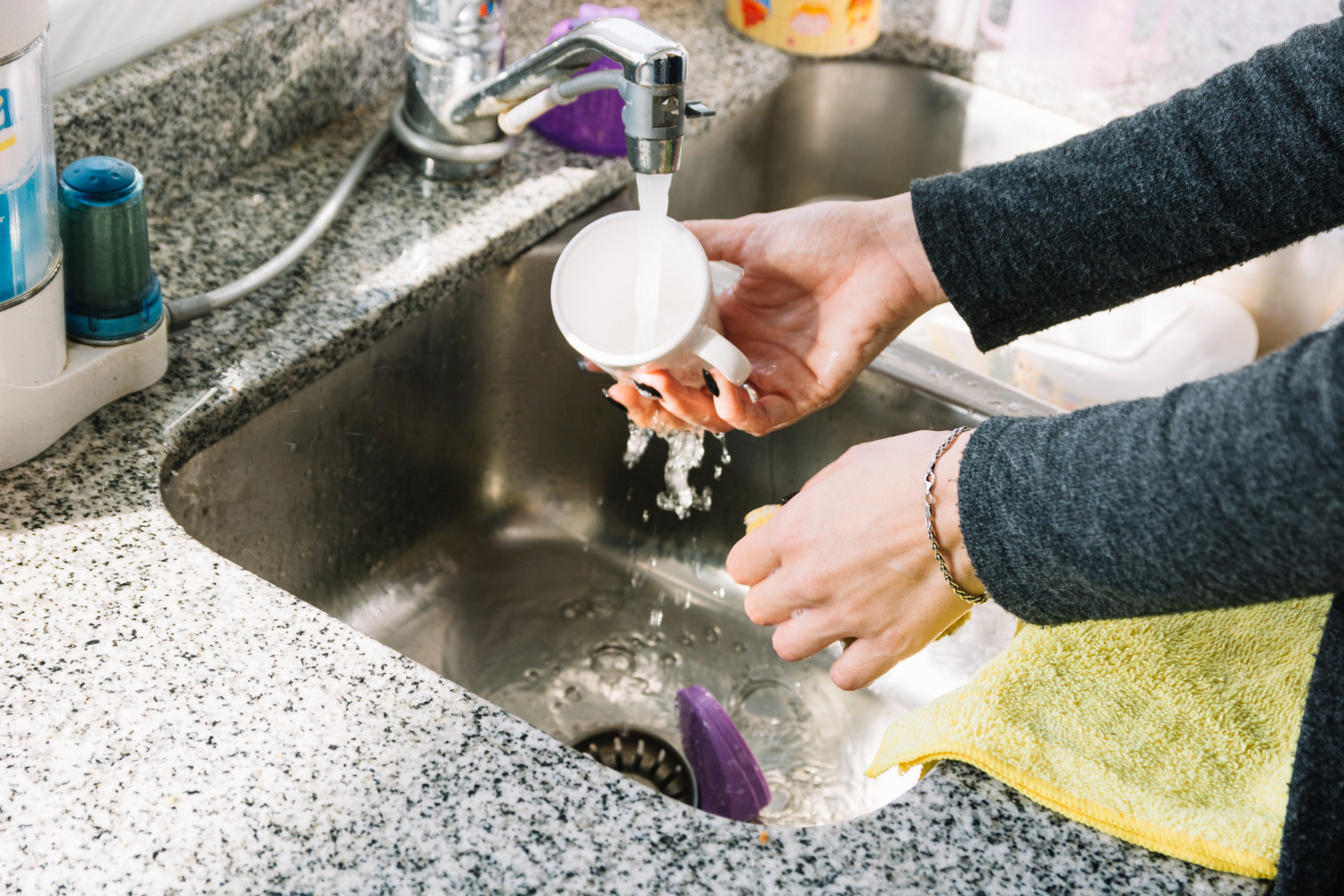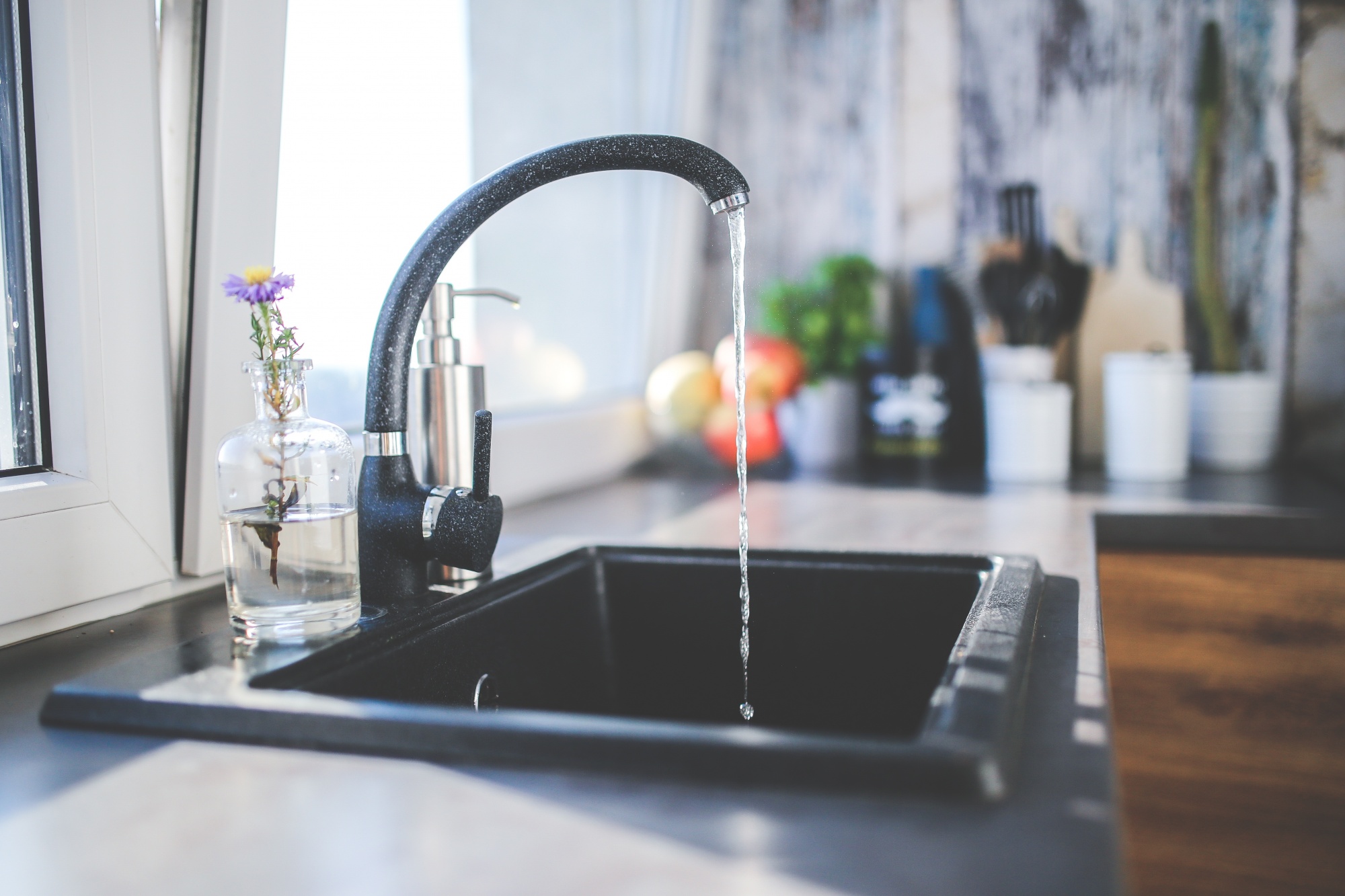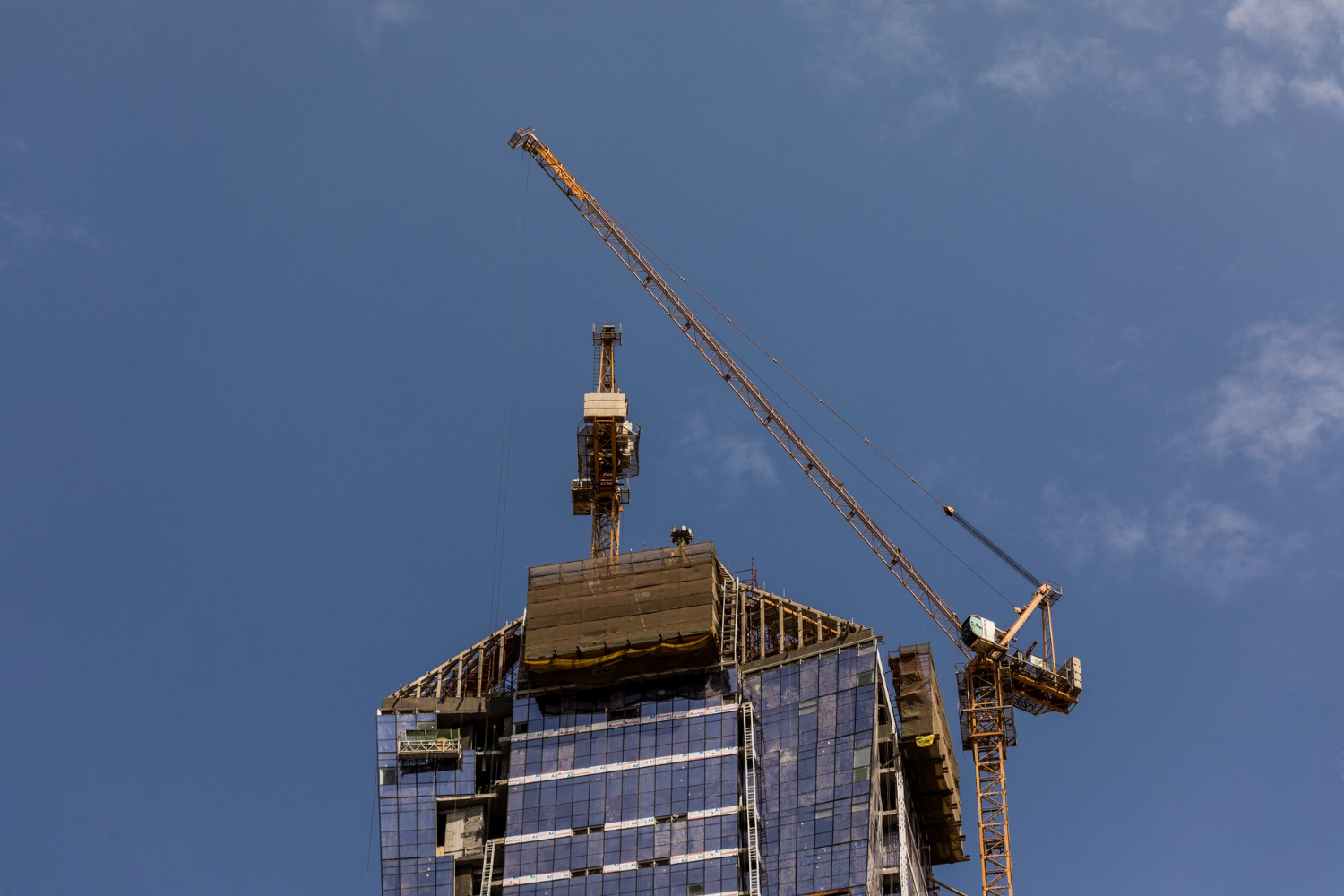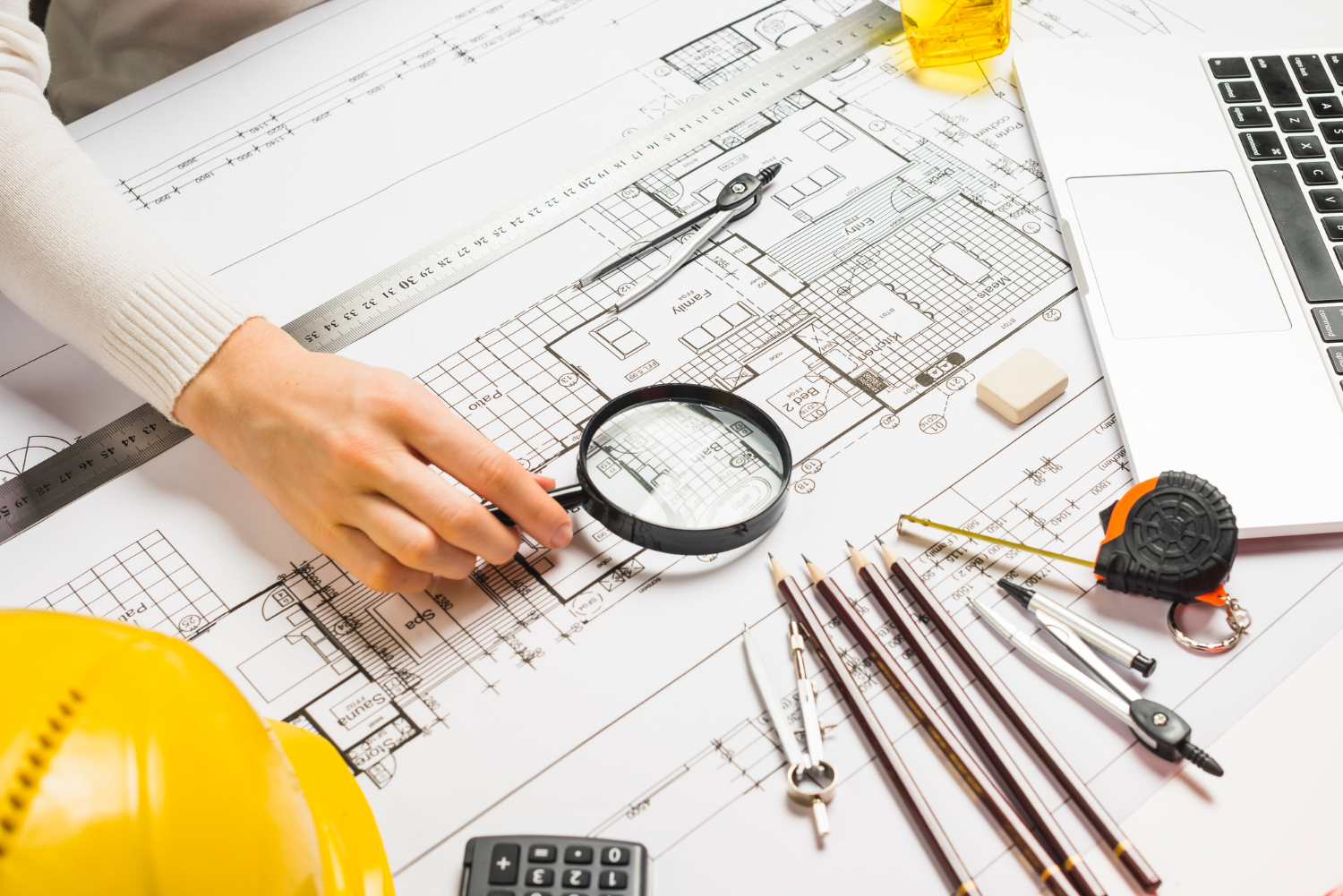

Water treatment is a crucial aspect of maintaining the health and safety of any building, but it becomes particularly important in high-rise structures. These buildings face unique challenges due to their height and the complexity of their plumbing systems. Proper water treatment ensures not only the safety and quality of the water supply but also the longevity and efficiency of the building’s plumbing infrastructure. Here are some essential water treatment tips for high-rise buildings.
Understanding water supply
The first step in effective water treatment is understanding the source and quality of the building’s water supply. High-rise buildings often rely on municipal water sources, but the quality of this water can vary significantly depending on the location. Regular testing and analysis of the incoming water supply are essential to identify any contaminants or issues that need to be addressed. This initial assessment forms the basis for designing an appropriate water treatment plan.
Implementing a filtration system
Given the potential for various contaminants in the water supply, high-rise buildings should implement a multi-stage filtration system. This system typically includes sediment filters to remove particulate matter, activated carbon filters to eliminate organic compounds and chlorine, and reverse osmosis or ultrafiltration units to address dissolved solids and other impurities. By employing multiple filtration stages, the building can ensure a higher quality of water for all residents and occupants.
Addressing scale
Scale and corrosion are common issues in high-rise building plumbing systems, caused by hard water and the interaction of water with metal pipes. To prevent these problems, water softeners can be used to remove calcium and magnesium ions from the water, which are responsible for hardness. Additionally, anti-corrosion treatments, such as the addition of corrosion inhibitors, can protect metal pipes and fittings, extending the lifespan of the plumbing system and reducing maintenance costs.
Water pressure
Water pressure management is critical in high-rise buildings due to the significant height differences between floors. Variations in pressure can affect water quality and the efficiency of treatment systems. Pressure-reducing valves (PRVs) and booster pumps can help maintain consistent water pressure throughout the building, ensuring that all water treatment equipment operates optimally and that residents receive a steady supply of treated water.
Maintenance
Effective water treatment is not a one-time task but an ongoing process that requires regular maintenance and monitoring. High-rise buildings should have a comprehensive maintenance plan that includes routine inspections, cleaning, and replacement of filters and other components. Advanced monitoring systems can provide real-time data on water quality and system performance, allowing for prompt identification and resolution of any issues.
Disinfection
Disinfection is a crucial aspect of water treatment, particularly in high-rise buildings where water can stagnate in the extensive plumbing network. Methods such as chlorination, UV disinfection, or ozone treatment can effectively kill bacteria, viruses, and other pathogens. It’s important to choose a disinfection method that suits the specific needs of the building and complies with local regulations and standards.
Legionella risk
Legionella bacteria, responsible for Legionnaires’ disease, can thrive in the complex water systems of high-rise buildings if not properly managed. Implementing a comprehensive water management plan that includes temperature control, regular disinfection, and monitoring for Legionella is essential to minimise the risk. Maintaining hot water temperatures above 60°C (140°F) and cold water below 20°C (68°F) can help inhibit the growth of Legionella.
Educating users
Effective water treatment also involves educating building residents and staff about the importance of water quality and the measures in place to ensure it. Providing information on how to report water issues, encouraging regular use of fixtures to prevent stagnation, and promoting water conservation practices can all contribute to the overall success of the water treatment program.
Wrapping up
Water treatment in high-rise buildings is a complex but essential task that requires a multi-faceted approach. By understanding the water supply, implementing comprehensive filtration and disinfection systems, addressing scale and corrosion, and maintaining consistent water pressure, high-rise buildings can ensure the safety and quality of their water.
Regular maintenance and monitoring, combined with education and proactive measures to address specific risks like Legionella, are key to a successful water treatment strategy. By following these tips, building managers can protect the health of residents, extend the lifespan of plumbing systems, and maintain compliance with water quality standards.
Get in touch to see how we could help you.




